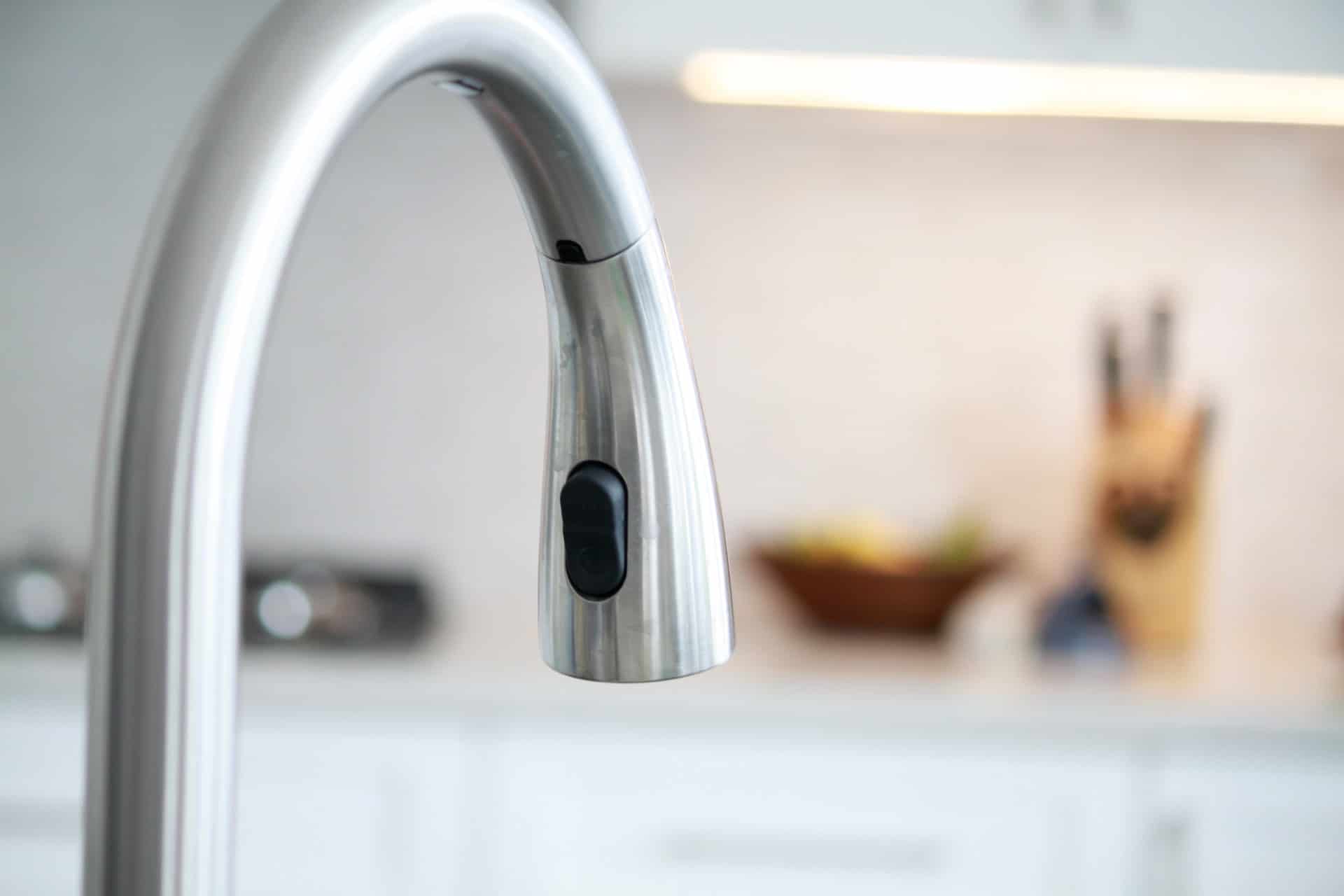The faucet and sink are the backbones of any kitchen, next to the oven or gas range. You must know when to replace the faucet because the water flow is essential to improving productivity in the kitchen.
There are many types of excellent faucets to choose from if you are thinking of replacing your worn faucet at home: brass kitchen faucets, Kohler faucets, two-handle faucets, touchless kitchen faucets, and luxury kitchen faucets for hip and chic kitchens. For those with a tight budget, you can also check out faucets that are under $100.
How Long Should a Kitchen Faucet Last?
How often should faucets be replaced? On average, a quality kitchen faucet should continue operating normally for 15 to 20 years after installation. If your faucet shows signs of aging and is leaking anywhere, it’s probably a good idea to call a plumber before something cracks or bursts and water is streaming all over the place.
Even the best faucets don’t last more than two decades, and at the end of a faucet’s lifetime, you will probably notice that it is no longer efficient and it will be harder to operate, with small leaks here and there.
Higher-end faucets may last longer, but faucets are an assembly of small parts, and eventually, even the highest-end ones will exhibit signs of wear and tear after one or two decades of faithful service.
When Should I Replace My Kitchen Faucet?
This is a highly subjective question, but we’re going to try our best to point readers to the signs that may hint that a faucet replacement should be underway. Just because faucets on average can last for 15 to 20 years doesn’t mean that you should wait that long to replace your faucets at home.
What Are the Possible Factors That Are Causing Us to Replace a Kitchen Faucet?
Here are some signs that your faucet needs to be replaced ASAP:
- Faucets normally develop mineral deposits. The deposits may be of little consequence initially, but these deposits will begin to coat the faucet after five or so years, causing parts to age and for water flow to become constricted.
Because the reduction via mineral deposits happens very slowly, people usually forget how fast the water flow was in the beginning. If the water from your faucet is visibly reduced, a replacement may be in order so you can work optimally in the kitchen. - Age affects the performance of faucets, in general. The older your faucet, the less efficient it is, and there will be risks of sudden leaks and bursts happening. Inspect faucets for replacement when they reach the 10-15 years’ mark after installation.
Some are more lenient, saying that faucets can easily last up to 15 years, but that’s not usually the case if we look at faucet performance and flow rate. If you want to get the best of your kitchen, ensure that your faucets are all in optimal working condition. - Multiple breakdowns and repairs are also a sign that a faucet has to be replaced. If you deal with a string of problems within the year, instead of fixing the faucet, it would be best to buy one and install it. The cost of a new faucet would be much lower than having an old one repaired, anyway. Repair costs eventually accumulate. A brand new faucet will mean zero headaches on repairs.
- And finally, you have to take a good look at the constitution of the faucet. If you see dings, cracks, and rust around the faucet’s body, your faucet probably needs to be replaced.
Rusting means the mental breakdown, and you probably have a lot of mineral deposits inside, too. It’s possible to clean some of the mineral deposits, but at the same time, it’s probably easier and more cost-effective to have a new faucet installed.
What Do We Have to Consider When Choosing a New Kitchen Faucet?
Several factors will come into play when you are choosing a new faucet for your kitchen:
- Faucet efficiency – Some people are fine with regular swan neck faucets, but this doesn’t apply to everyone. For example, if you prepare large quantities of food at home and you need to prepare a ton of ingredients before you can get cracking, you need to focus on how efficient the faucet is.
Some modern faucets have additional features that increase the water flow by constricting the passage and adding more pressure to the water. These faucets are specialized, and they are most useful for washing dishes and ingredients for prepping. - Is it water-saving, too? – Many modern faucets now have water-saving capabilities. Manufacturers are putting a renewed emphasis on making faucets cost-efficient, water-saving, and mechanically efficient.
If you constantly worry about your water bills because they tend to get too big for comfort, check the faucet you’re buying if it has an added feature for cutting the water flow without compromising water pressure. Pressure, specifically, is important for washing fruits, vegetables, and dishes.
From our modern faucets survey, the definite winner for cost-saving faucets is the low-flow, motion-sensor faucets that automatically turn on and off when they detect movement underneath.
Since these faucets are motion-activated, they will turn off easily when there’s nothing underneath, usually the cause of excess water consumption with non-motion sensitive faucets. Imagine washing vegetables and moving to another side of the kitchen to get something while the faucet continues running.
These are the moments that make saving water more difficult in the long term. Luckily, you have a choice now – you can invest in faucets designed to regulate the flow of water easily during use.

